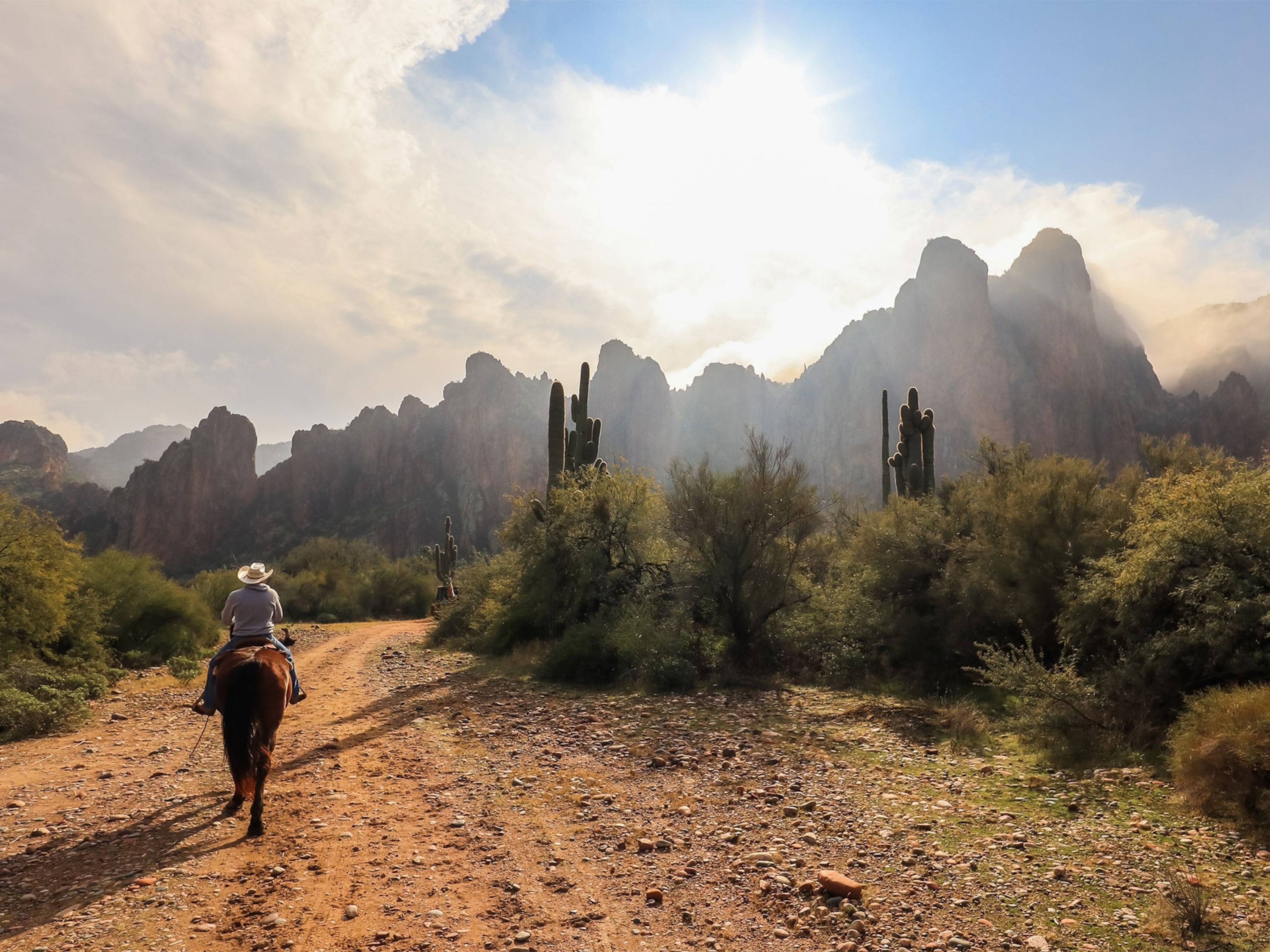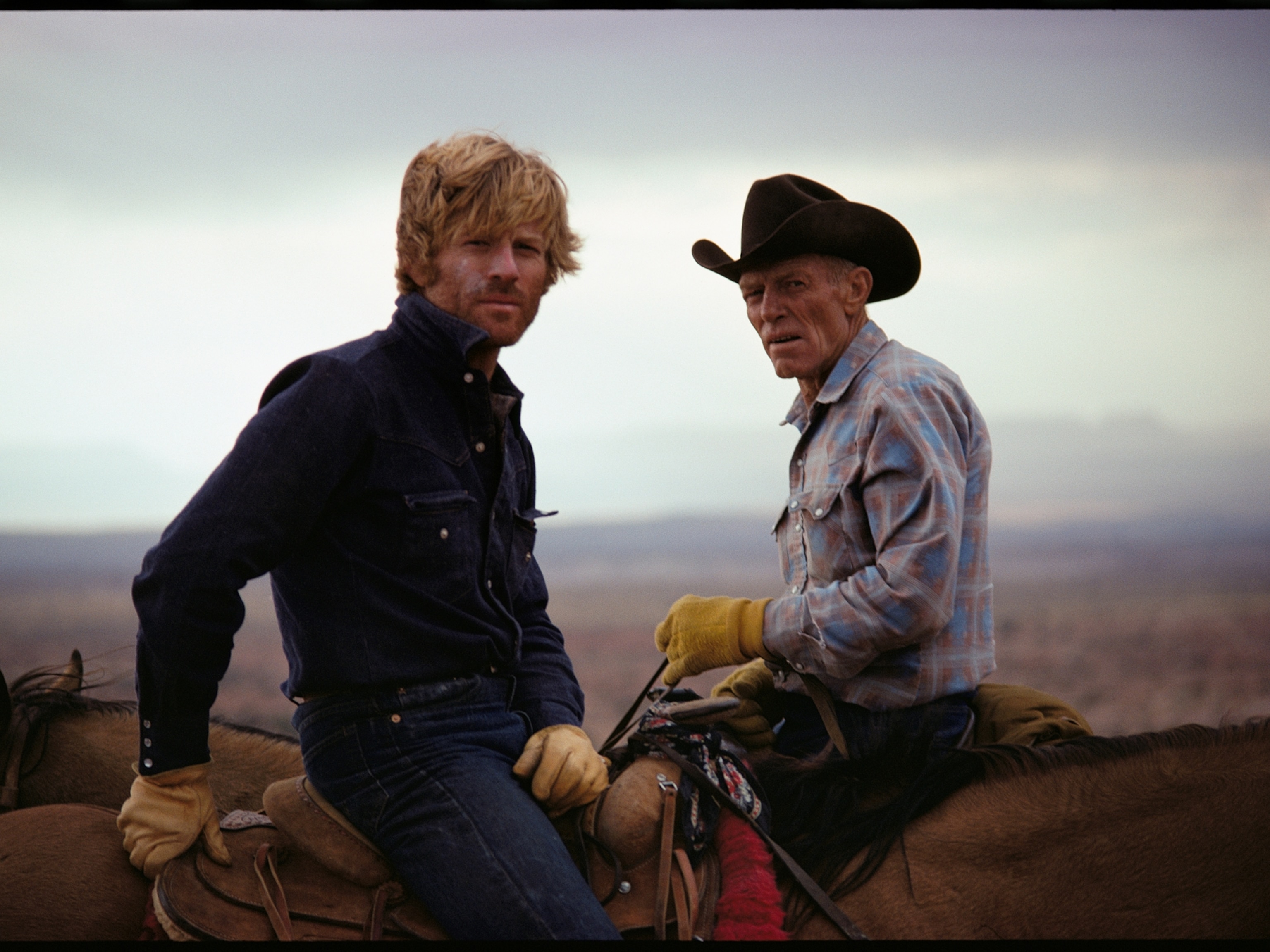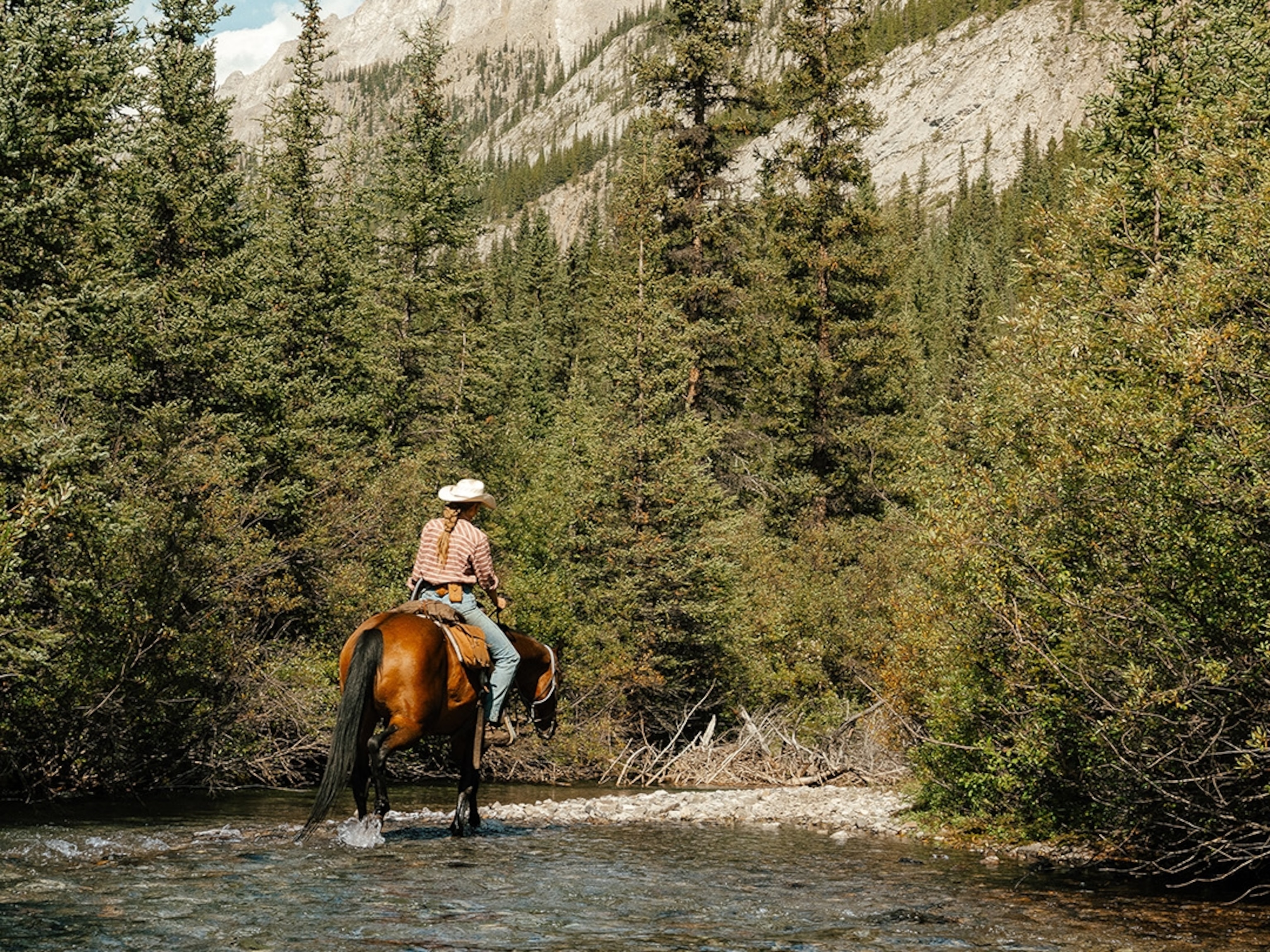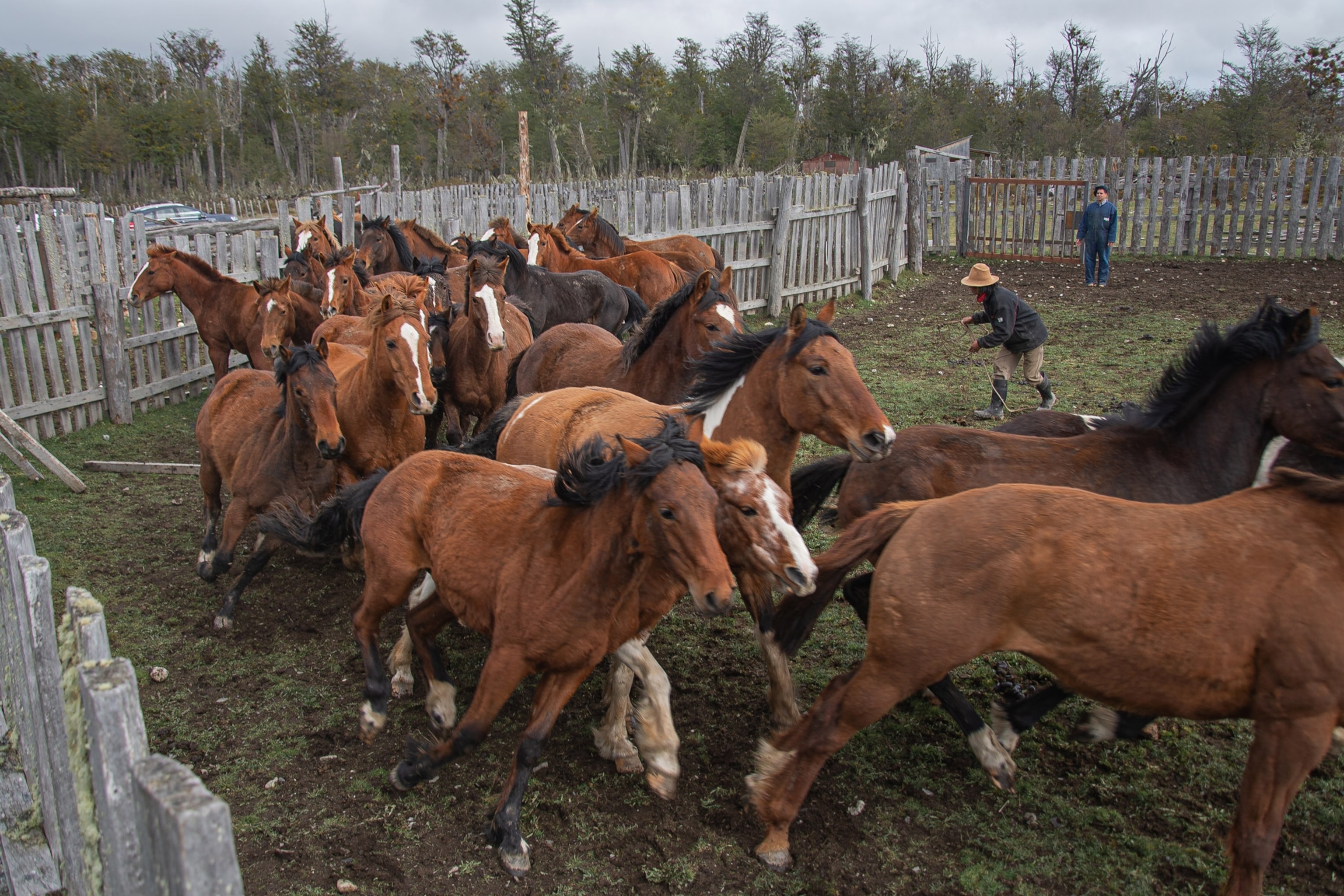
In Patagonia, these cowboys are expert guides to a wild land
Gaucho families connect travelers to a traditional way of life at the end of the world.
At the southernmost tip of the American continent, an archipelago flanked by the last mountains of the Andes preserves a way of life deeply linked to the inhospitable nature of this land. Descendants of European immigrants settled in Argentine Patagonia, learning to navigate the hostile territory of pampas, forests, peatlands, and mountains that comprises what original explorers called Tierra del Fuego—Land of Fire.
Here, at what some nicknamed “the end of the world,” settlers developed a culture based on the arduous field work needed to survive the low temperatures and the rugged geography of the continental south.
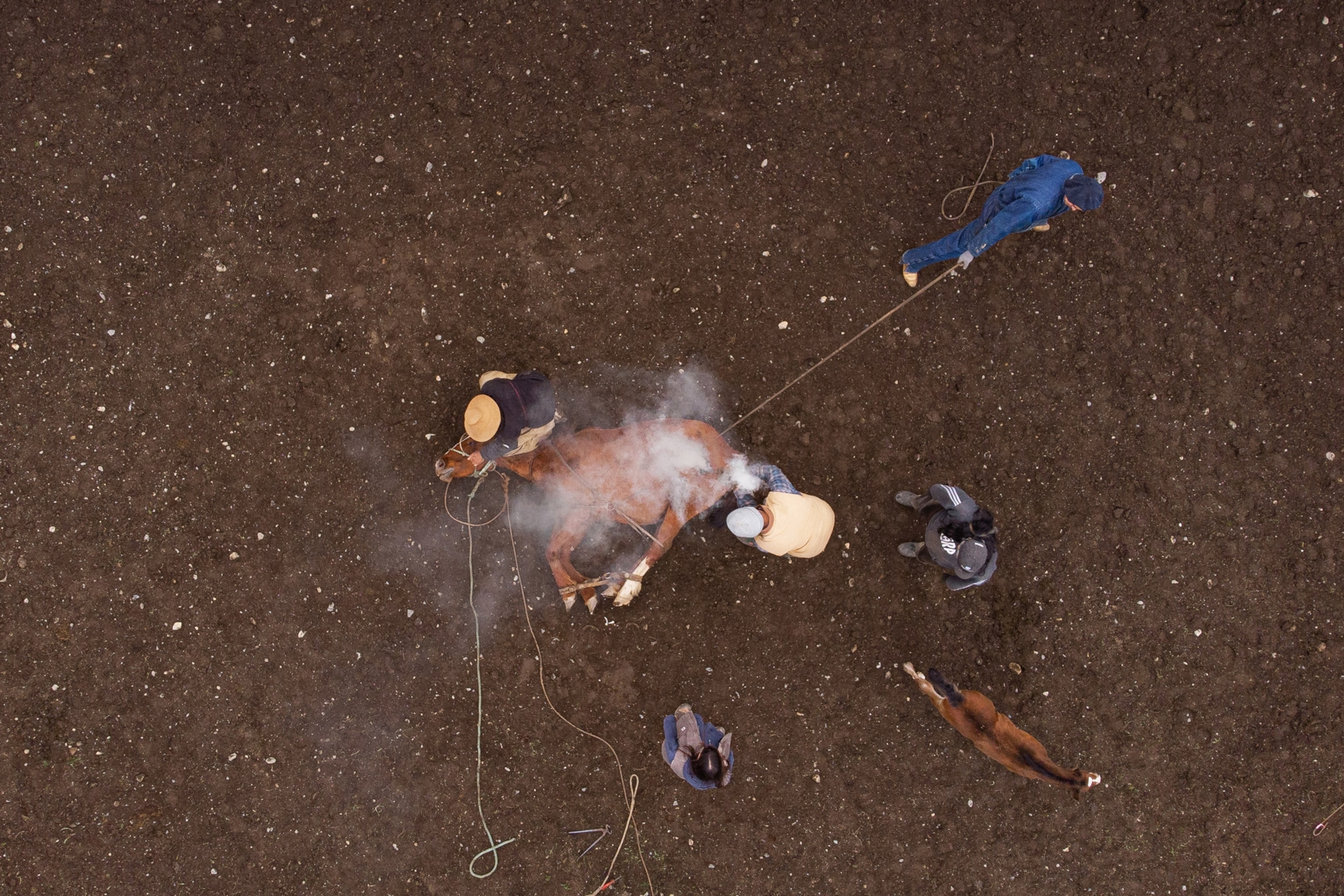
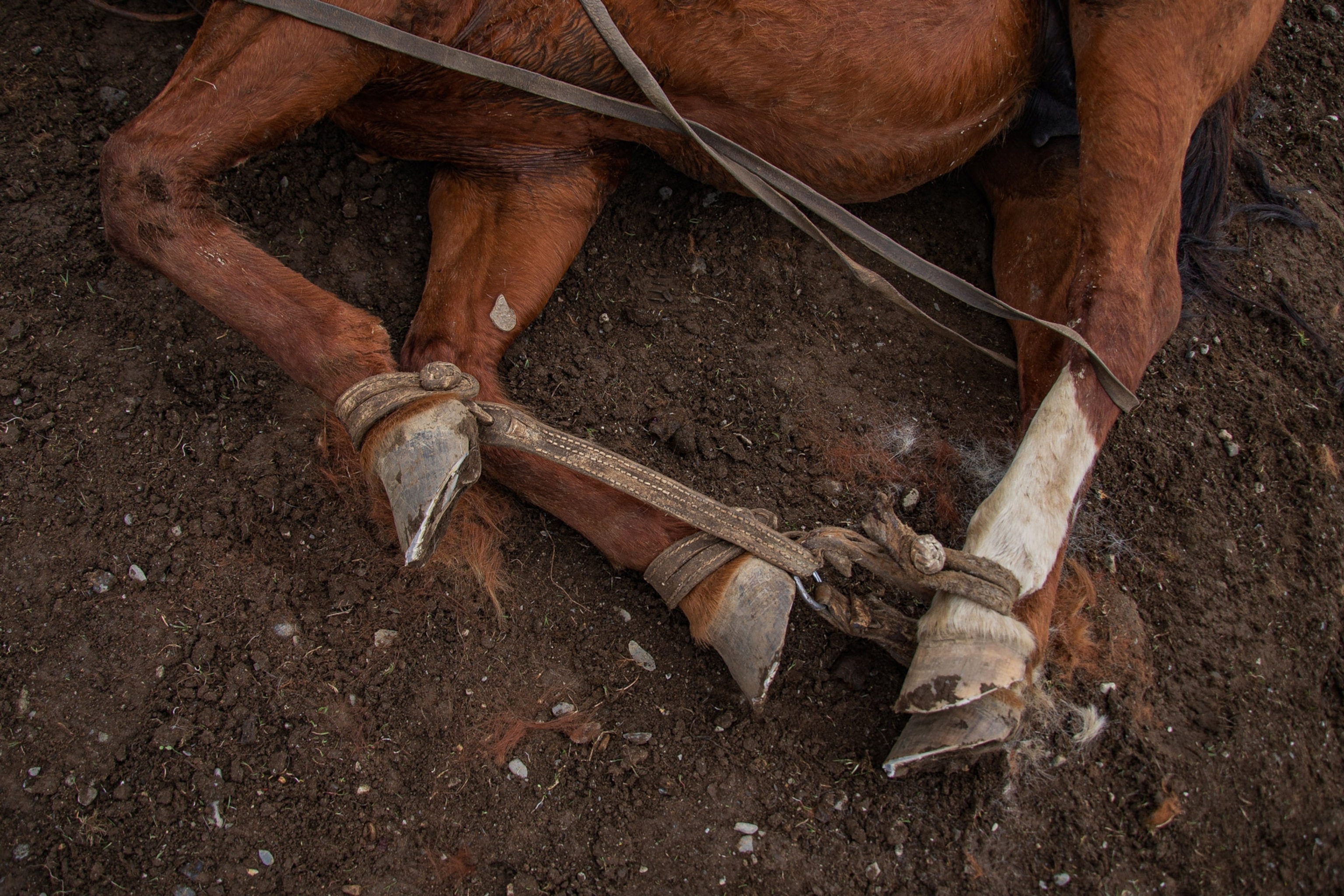
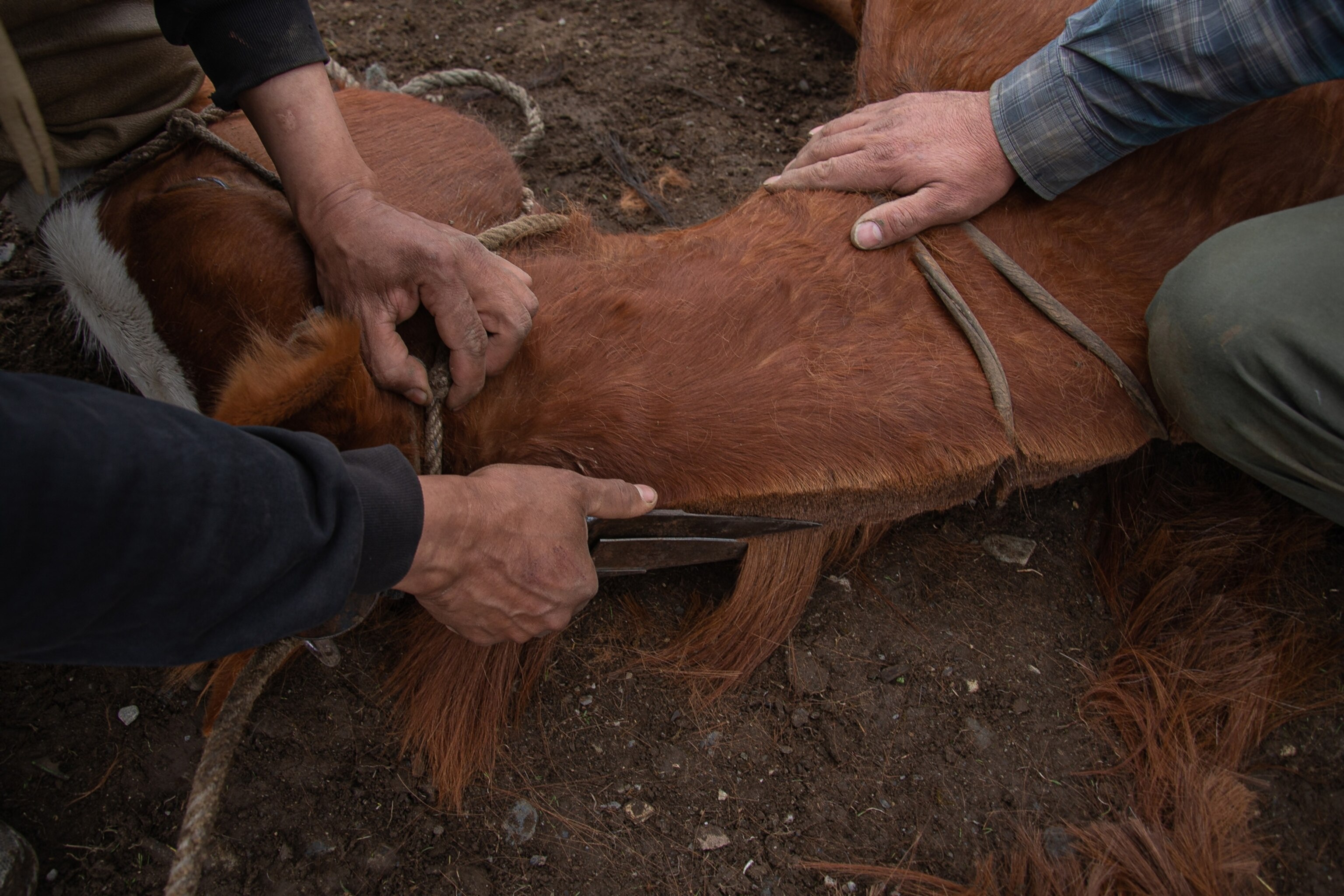
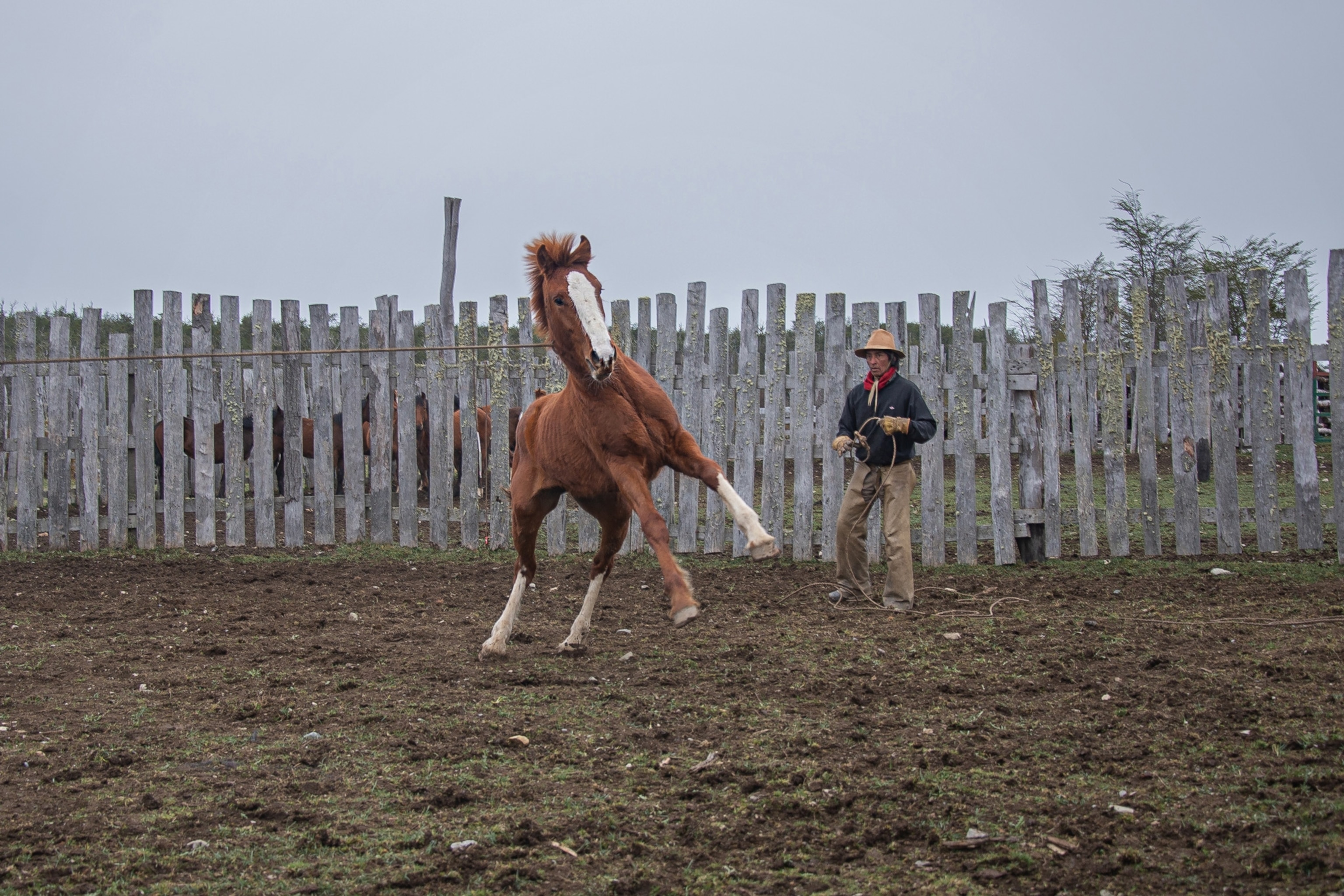
Skillful equestrians and traditional ranchers, these gauchos led a mostly nomadic life free from government intervention—although they participated in civil and independence wars. Over time they became national and cultural symbols of contemporary Argentina. Among these cowboys from the Pampean Plains, a specific profession particularly stood out: the baqueanos, skilled and trained guides—many of them mestizos with European and Indigenous roots—whose knowledge was historically used by Argentine army generals, ensuring successful campaigns.
(Vaqueros: The First Cowboys of the Open Range)
“They are the most complete land surveyors,” wrote Domingo Faustino Sarmiento, Argentine writer and president during the second half of the 19th century, referring to the baqueanos. Their bravery and intimate knowledge of the surrounding terrain made them the most sought-after guides in these “no man’s lands.” They could trace any type of living creature for several leagues, follow trails, and find shelter.
(One of the wildest places on earth is in Chilean Patagonia—and could soon be changed.)
Today, despite technological advances and the exploration of the region’s last hidden corners, generations of families have kept the gaucho customs and baquean skills alive. Their province remains mostly wild and untamed, qualities that draw travelers to its natural beauty and long-held customs.

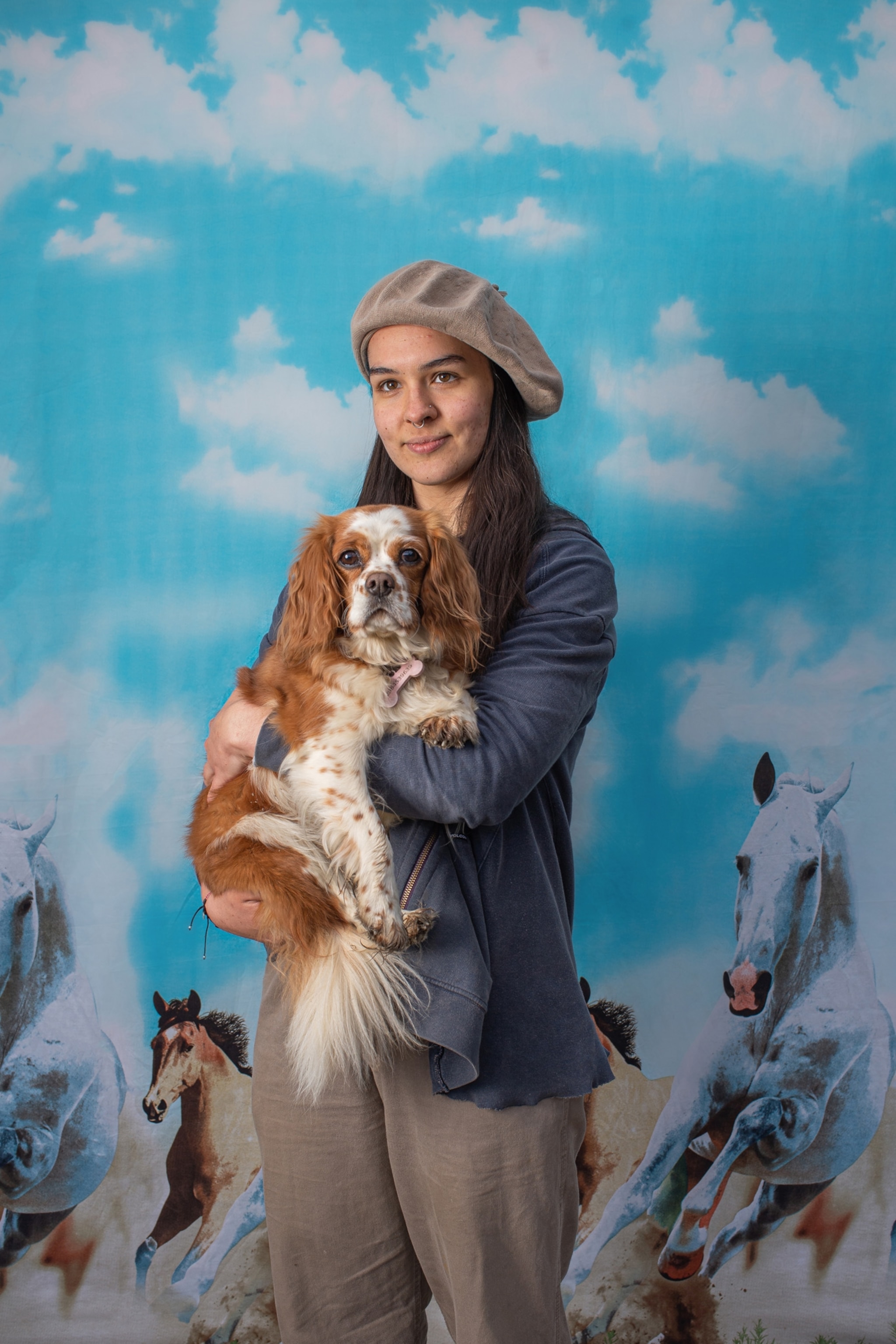
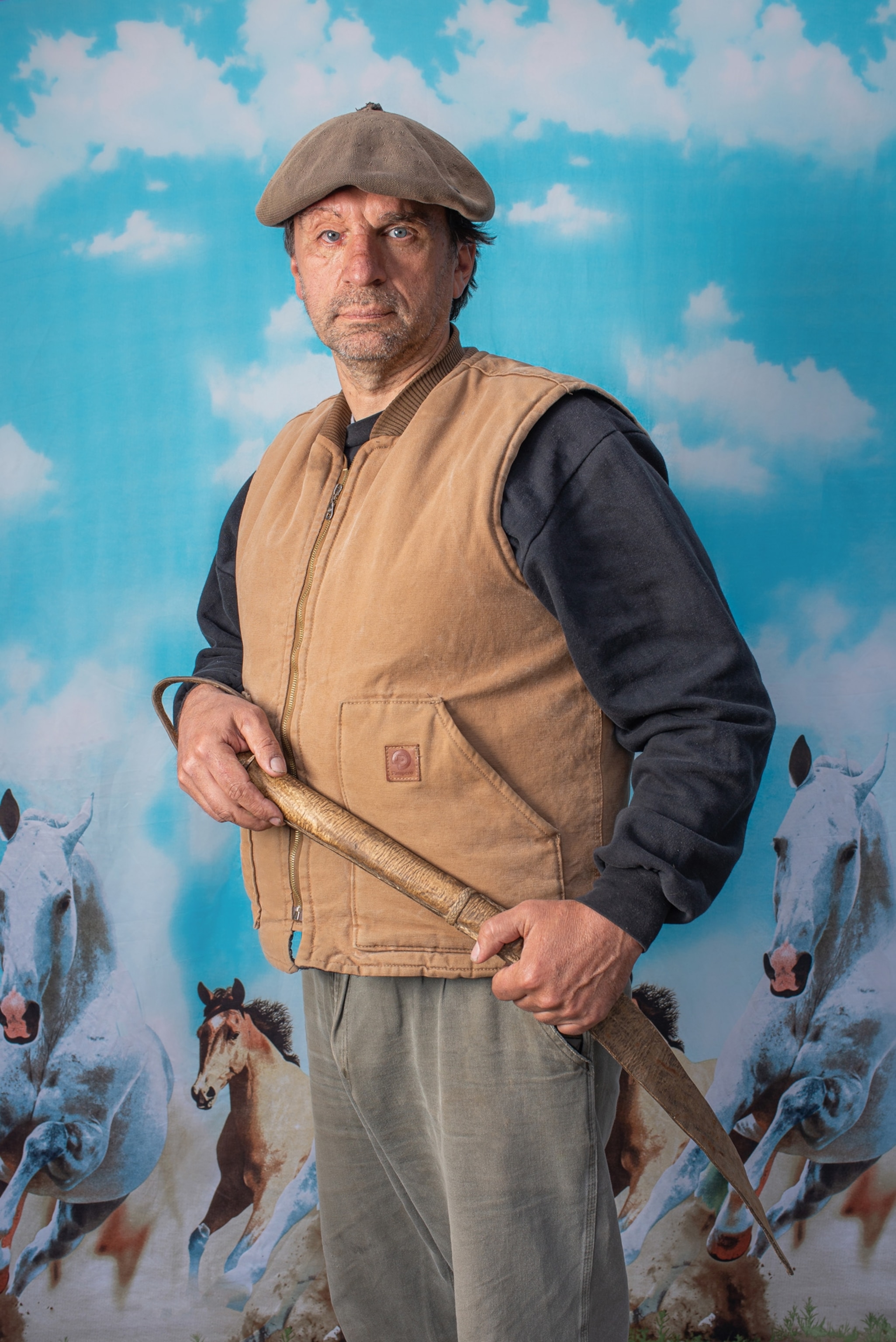
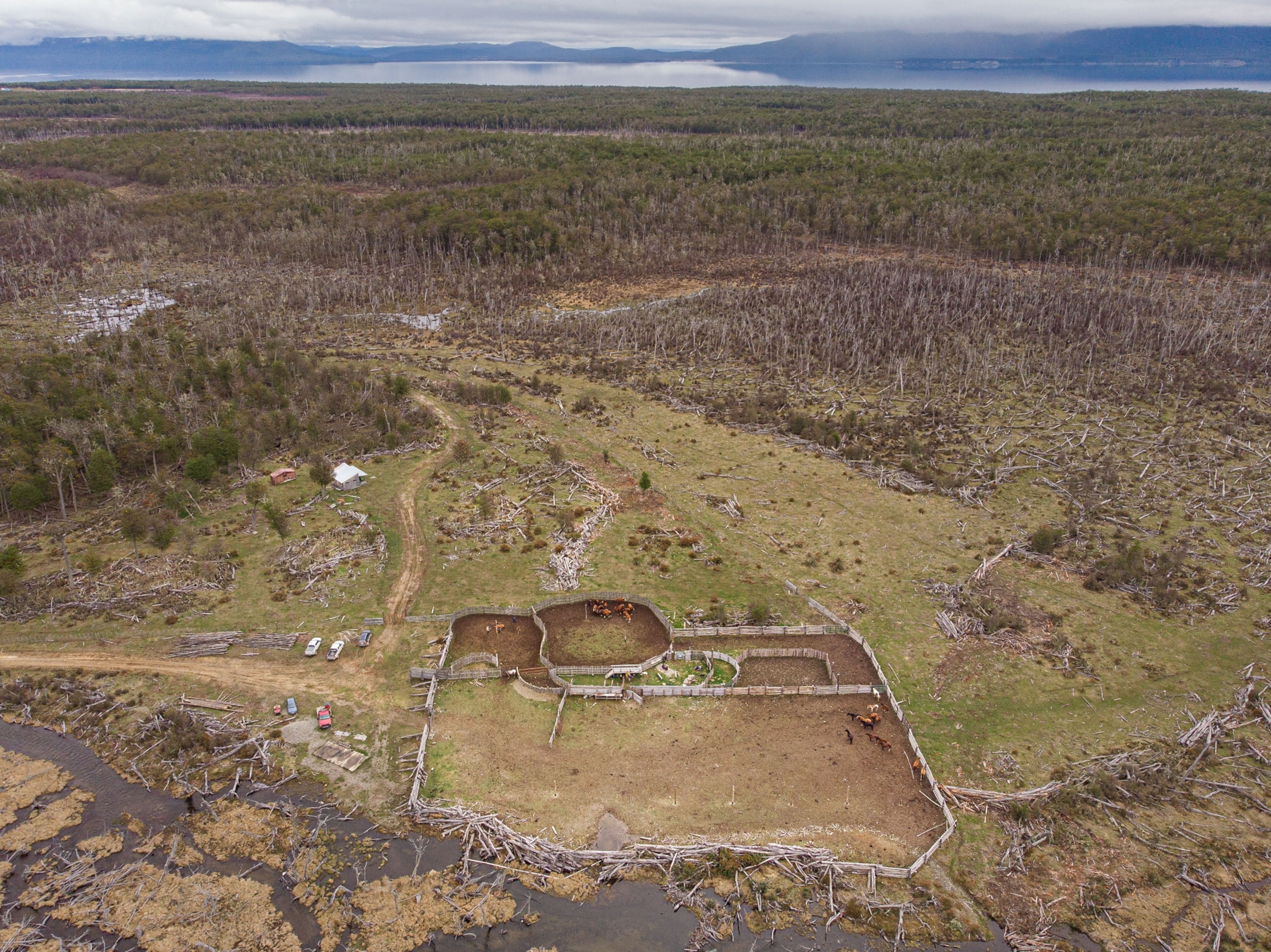
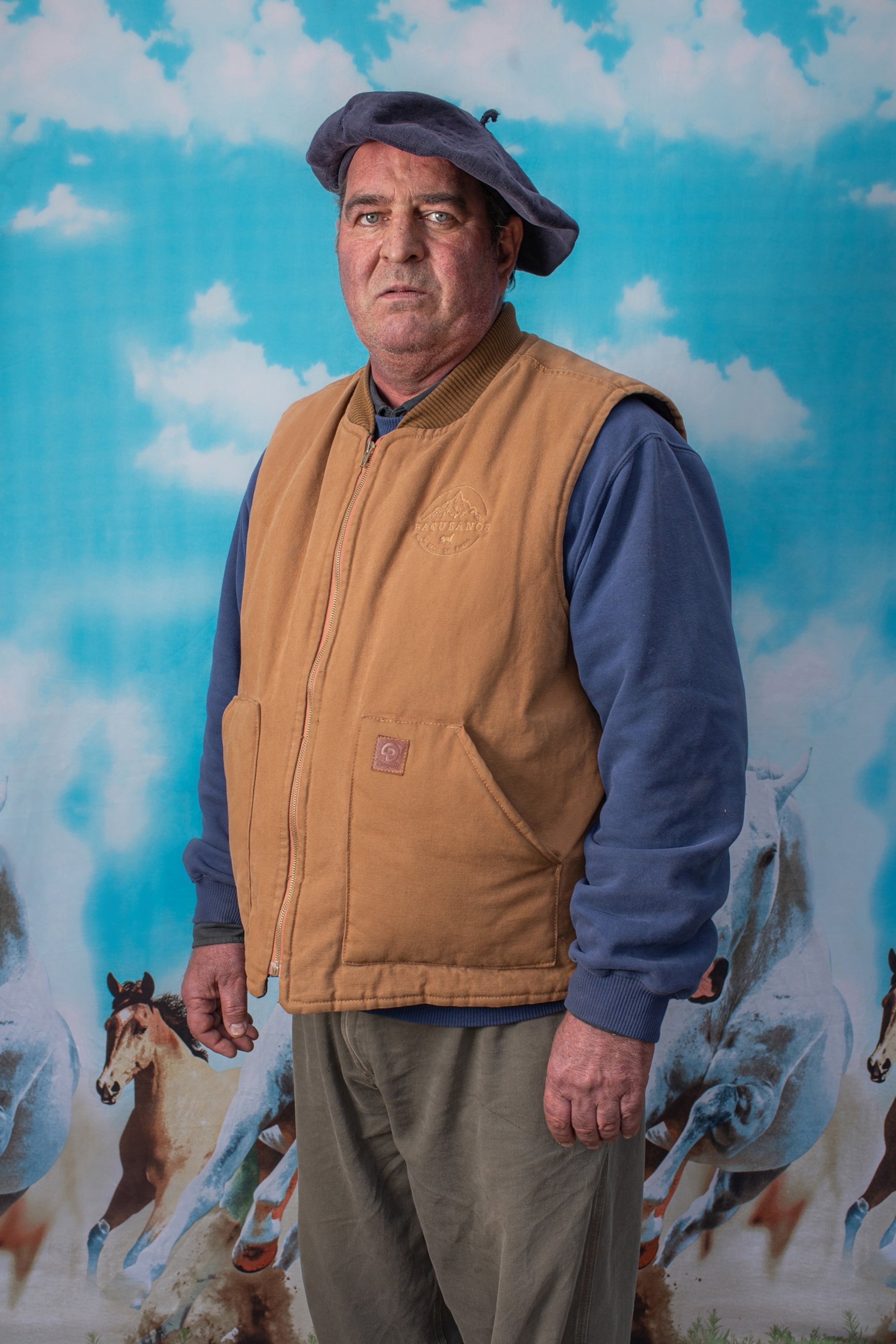

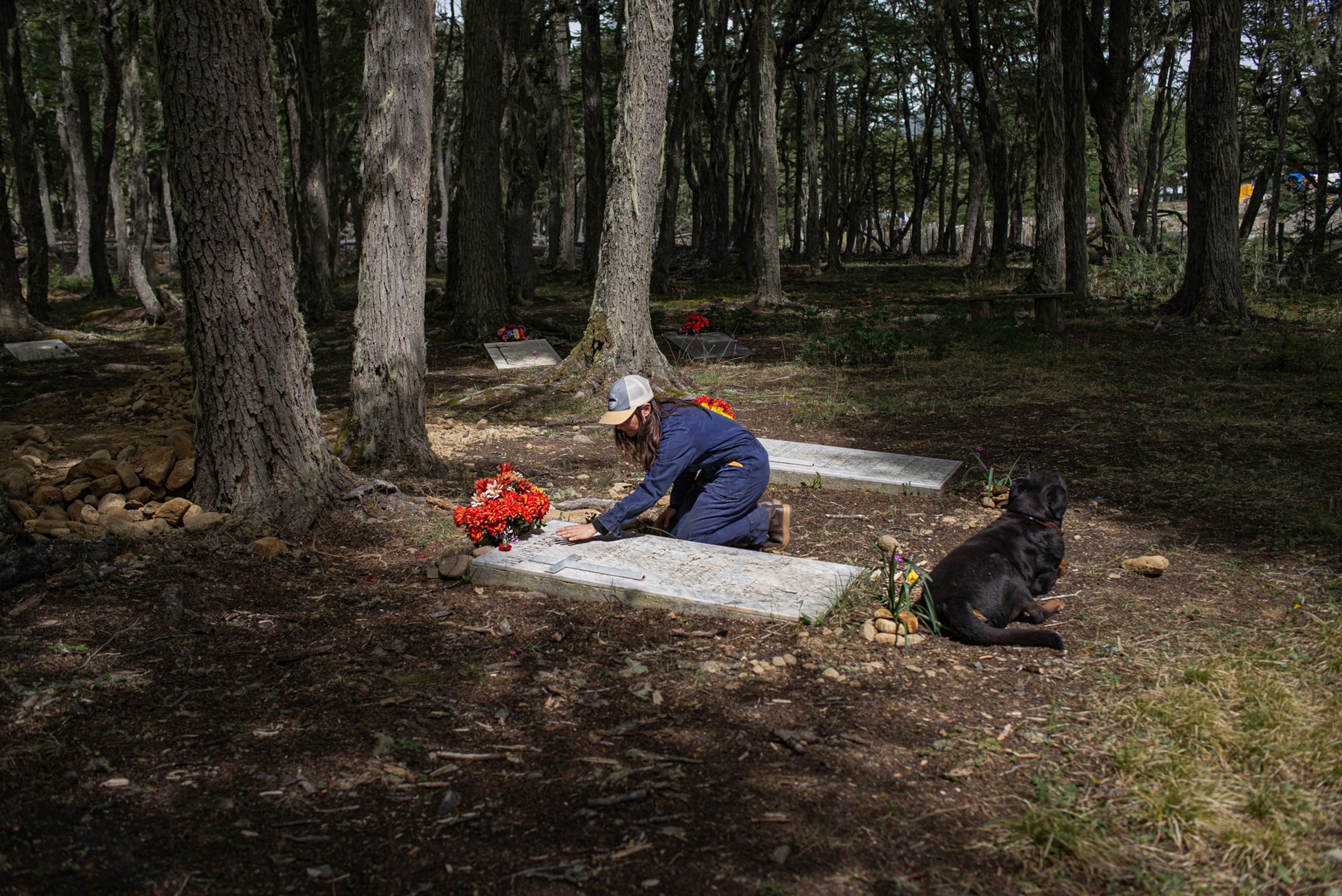
A family legacy
One of these families is the Bronzovichs. Originally from Croatia, they settled in Ushuaia—one of the southernmost cities in the world—to escape the harshness of life there at the start of the 20th century. “My grandfather, Jure, came to Tierra del Fuego in 1910 and fell in love with this place. So much so that he returned to Croatia to sell everything he had and find a wife to come back with, since there weren‘t many women in these areas,” says Veky Bronzovich, one of his granddaughters.
“In 1922 my grandfather bought a ranch in which he worked mainly with wood and animals. Later, he and his eight children created the sawmill that they finally moved to Lago Escondido, 55 kilometers from the city, in the mountains,” says Veky, a graduate in tourism from the University of Palermo in Buenos Aires, who was born and raised in Patagonia.
More than a century later, the sawmill has been transformed into a base camp open to tourists, where grandfather Jure’s heirs share stories, customs, and the landscapes of an emblematic culture of southern Argentina. Their family business, Baqueanos de Tierra del Fuego, specializes in field expeditions both on horseback and 4x4, and authentic Fuegian experiences.
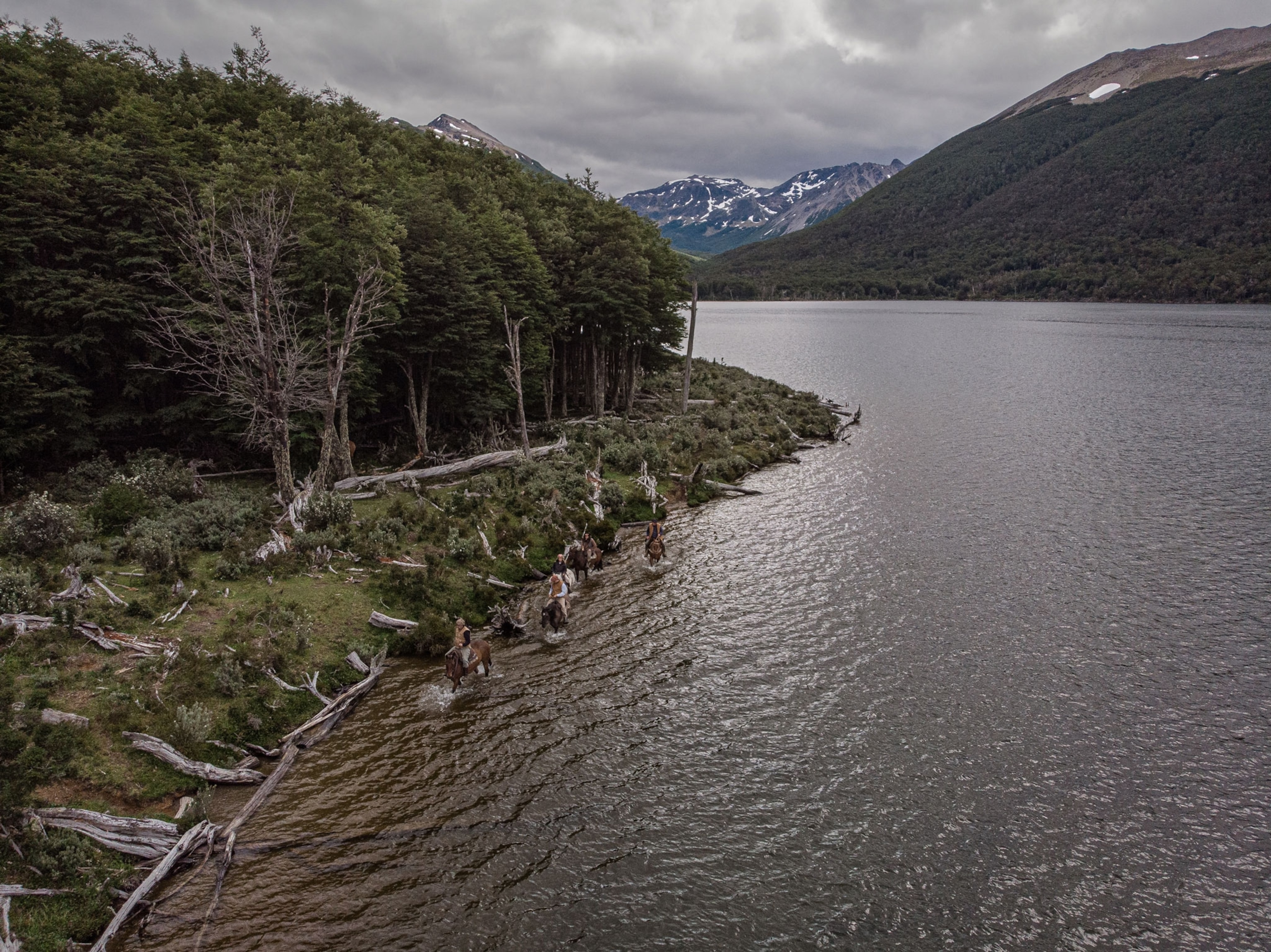
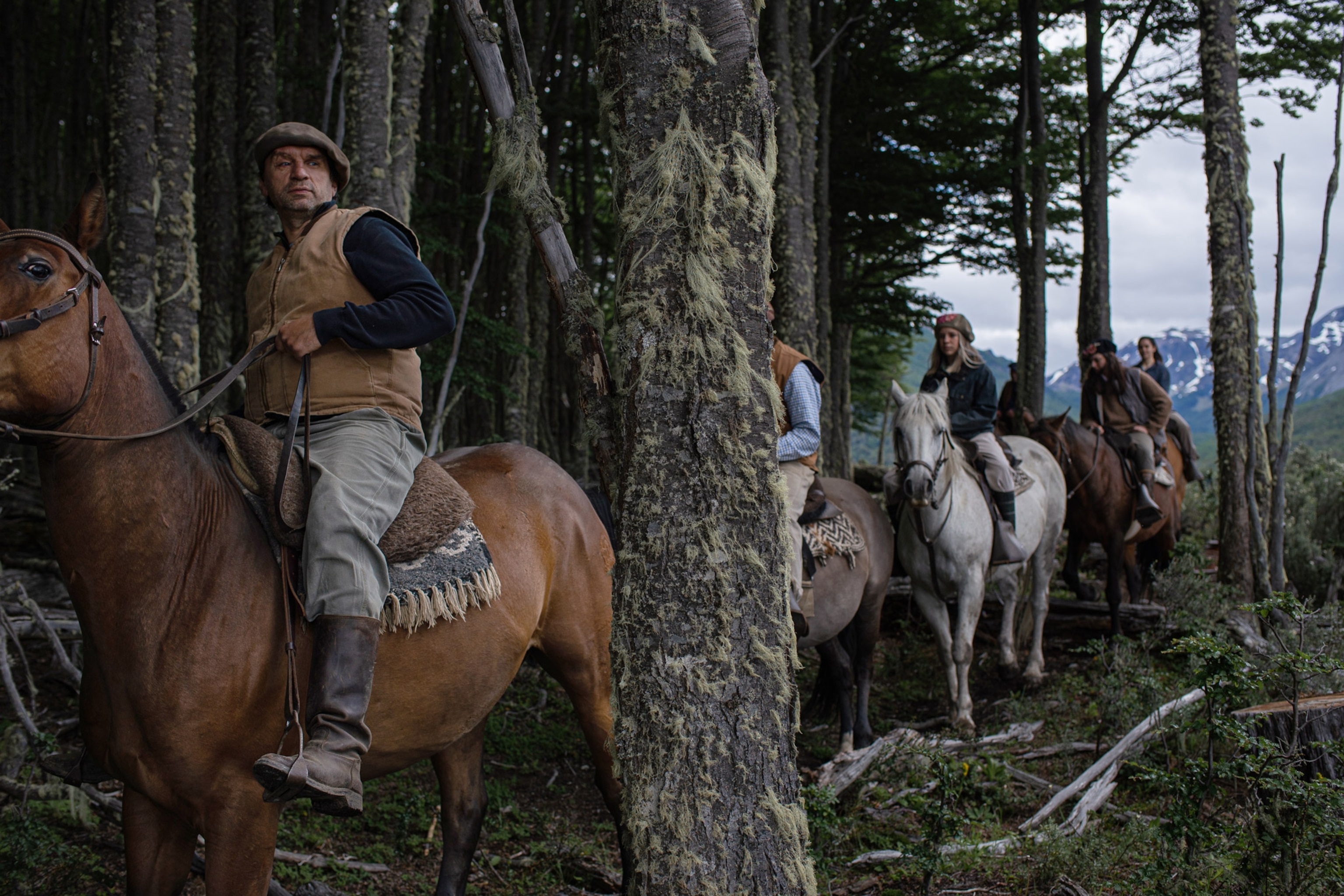
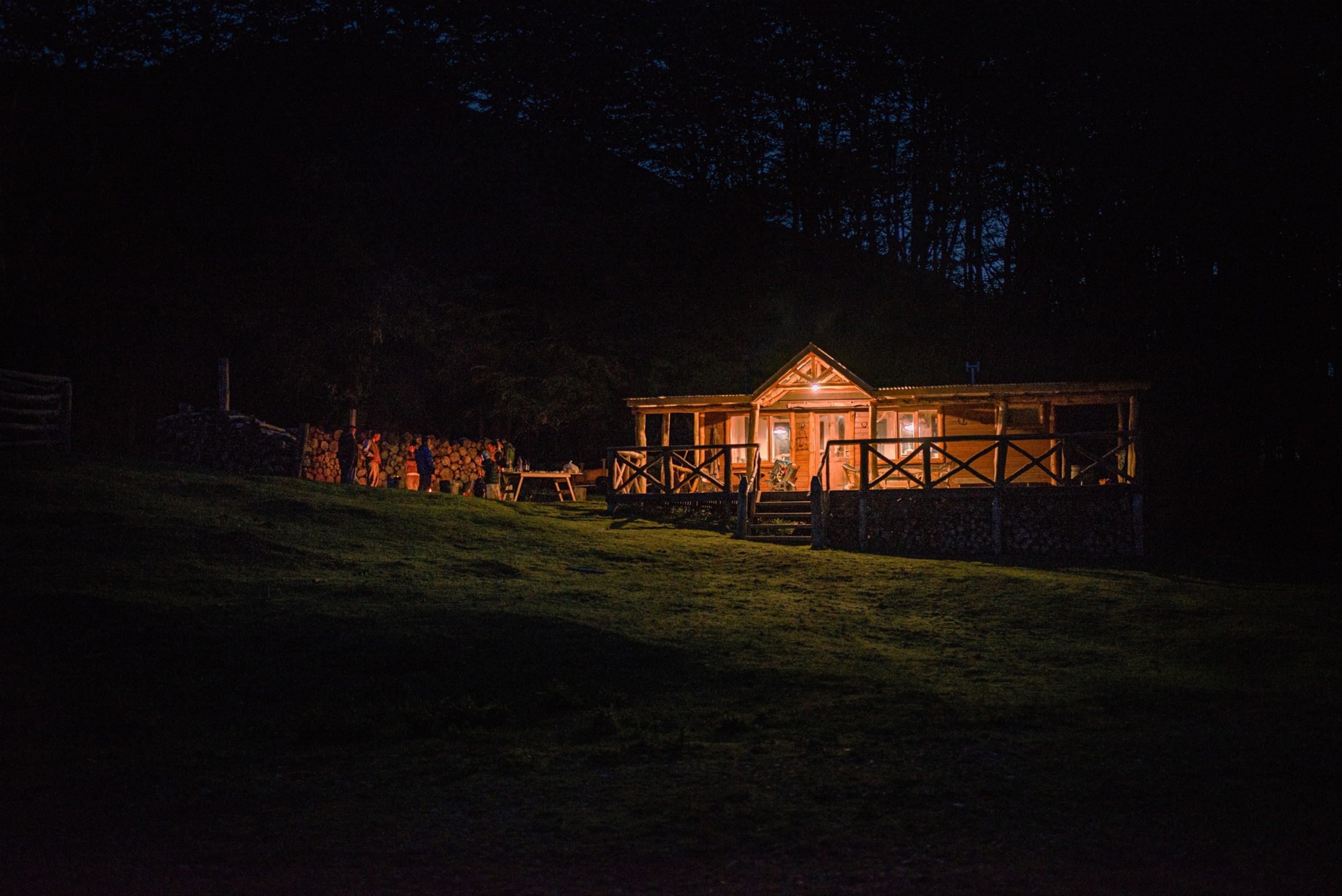
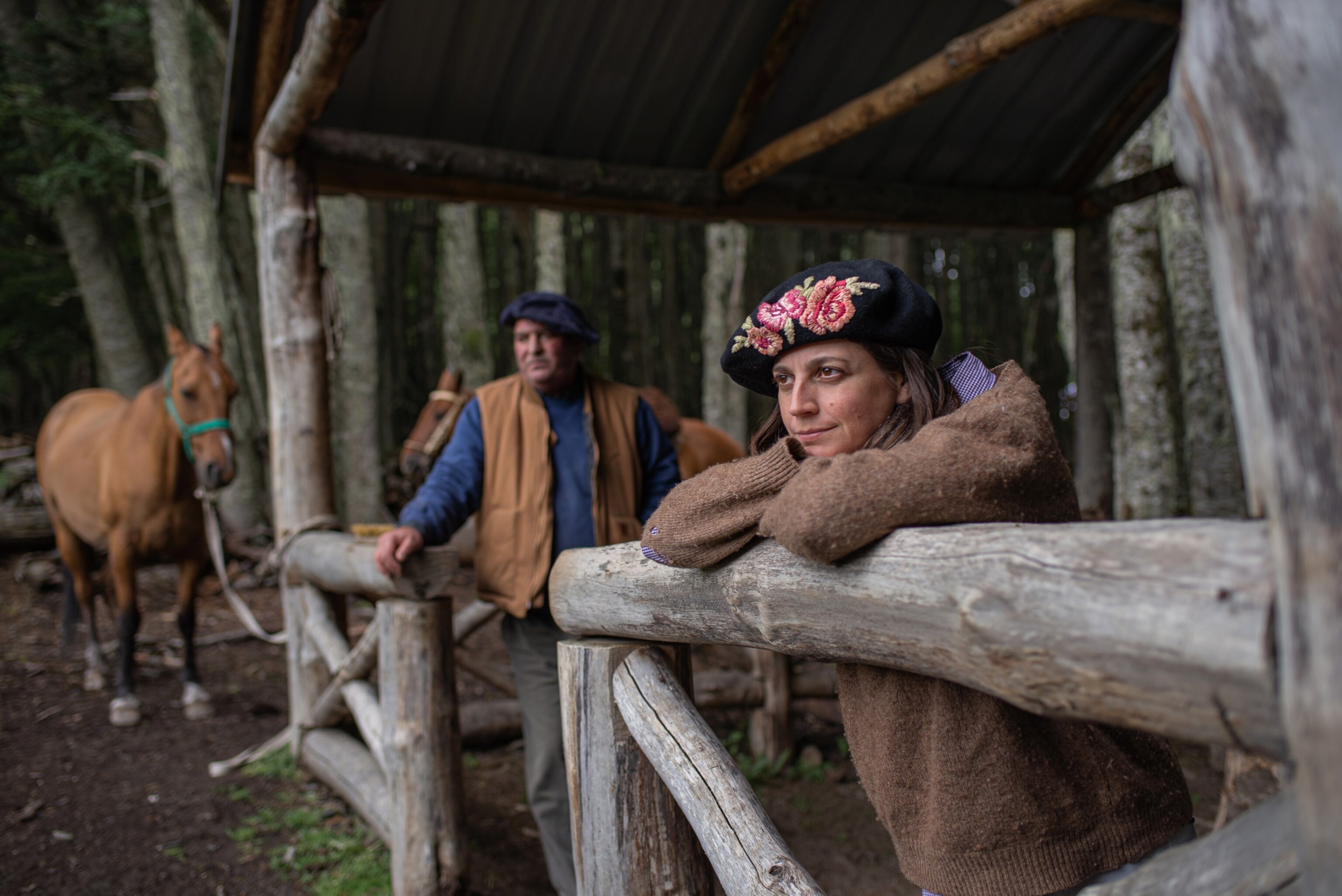
A glimpse of gaucho life
The saying in Patagonia goes: A gaucho without a horse is not a gaucho. In Tierra del Fuego, the relationship between man and horse was essential for the rider’s survival and the completion of daily tasks, such as moving cattle for grazing and patrolling the territory. In addition, the equine was a comrade to the end, a participant in competitions of courage, such as horse rodeos and esgrima criolla—also done on horseback. The name translates to “creole fencing,” a face-off in which participants duel with real knives and use a wool poncho as a shield.
(Experience Patagonia on horseback for a taste of gaucho culture.)
Today, the Bronzovichs put their equestrian skills and their fleet of pingos (horses) at the disposal of visitors to explore the region. Under the experienced guidance of Jorge, another descendant of Jure Bronzovich, the pingos undertake a route through the subantarctic forest that surrounds the ranch—crossing rivers, climbing mountains, and finishing with herbal maté tea, wine, and a barbecue by Lake Escondido.
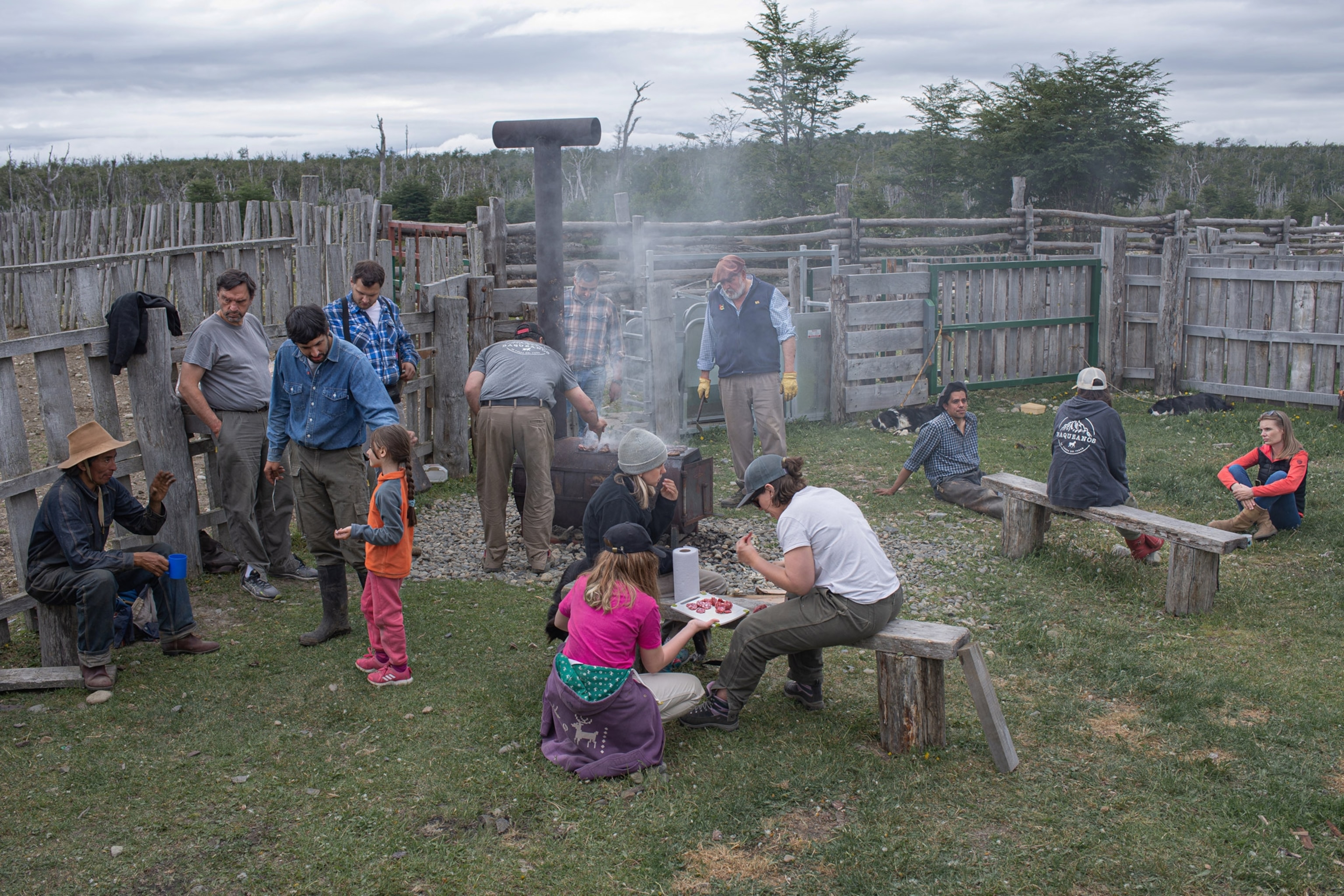
Cattle are an important family tradition of the Bronzovichs, who began breeding oxen in the late 1950s, in order to have the animals to haul down logs cut in the sawmill. “My brother and I continued the work of my father, who always told us that the ideal was to have 125 mother cows, a number we achieved after he passed away. Now we have farm products whose origin we know very well to supply the family, sell a little in the city, and offer the meat we raise ourselves to visitors,” says Veky.
This is shared during an immersion into the daily life of the gaucho world, in which guests can witness firsthand the difficult tasks involved in cattle work at the family’s ranch at Lake Escondido. There, where dozens of cattle freely graze, the family holds one of the most representative gaucho celebrations in Tierra del Fuego.
Known as la yerra, this livestock event is a time when cattle are counted, branded, and tagged. The ranch hands also use this opportunity to dehorn the cows, administer vaccines and dewormers, and castrate young males who will not be required for breeding.
This gaucho party (“the country party,” Veky calls it) is accompanied by a traditional grill of meat, sausages, and other less commonly eaten beef parts such as chinchulines (intestine) and criadillas (testicles), as well as lamb. The barbecue comes with pickled beans, chimichurri sauce, and merlot from southern Argentine vineyards.
For many, the gaucho culture represents the “essential values of being Argentine”: love for nature; freedom at all costs; a spirit of hospitality, courage, fidelity, and solidarity. Regardless of how much time has passed and the urban development that Tierra del Fuego has undergone, these values remain.
For now, at least. “It is very easy for traditions to get lost. New generations don’t want to work in the field because many times it’s not so profitable, it is always demanding. They don’t realize they’re missing a healthier life, both physically and mentally,” says Veky. “They’re losing contact with reality, contact with everything.”
Nat Geo Explorer Luján Agusti is a documentary photographer and visual storyteller who currently lives and works in Tierra del Fuego, Argentina. Through her work, she explores Latin American culture and identity with a gender perspective and seeks to analyze the limits of documentary practice.
The National Geographic Society, committed to illuminating and protecting the wonder of our world, has funded Explorer Luján Agusti’s work. Learn more about the Society’s support of Explorers.
Erick Pinedo is a Mexican journalist specialized in science, nature, and travel, and is the editorial coordinator for National Geographic Latin America.



